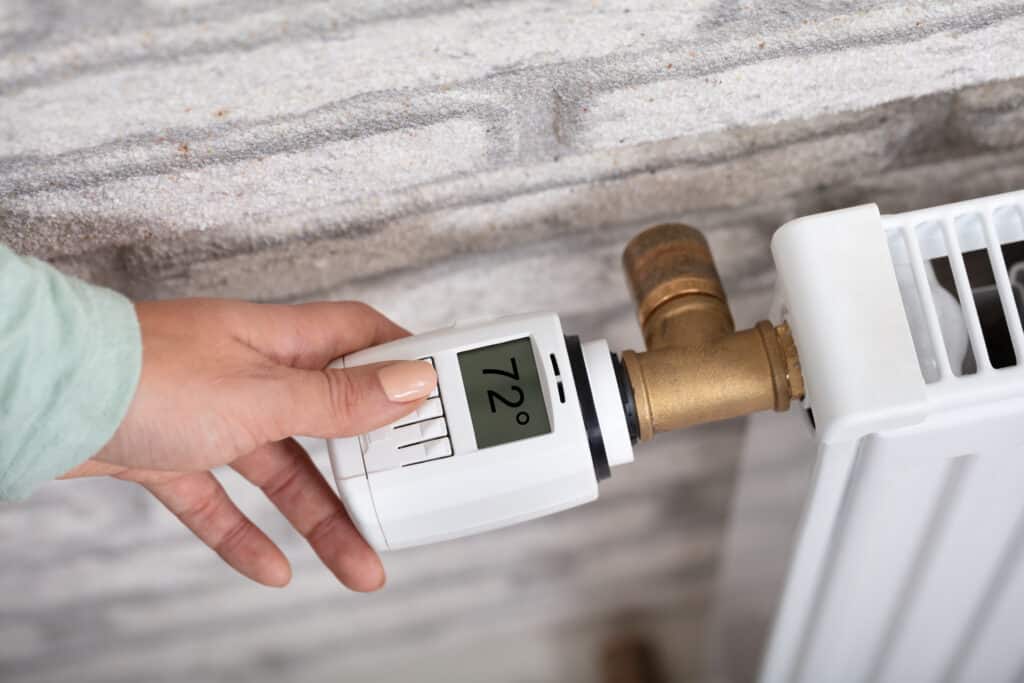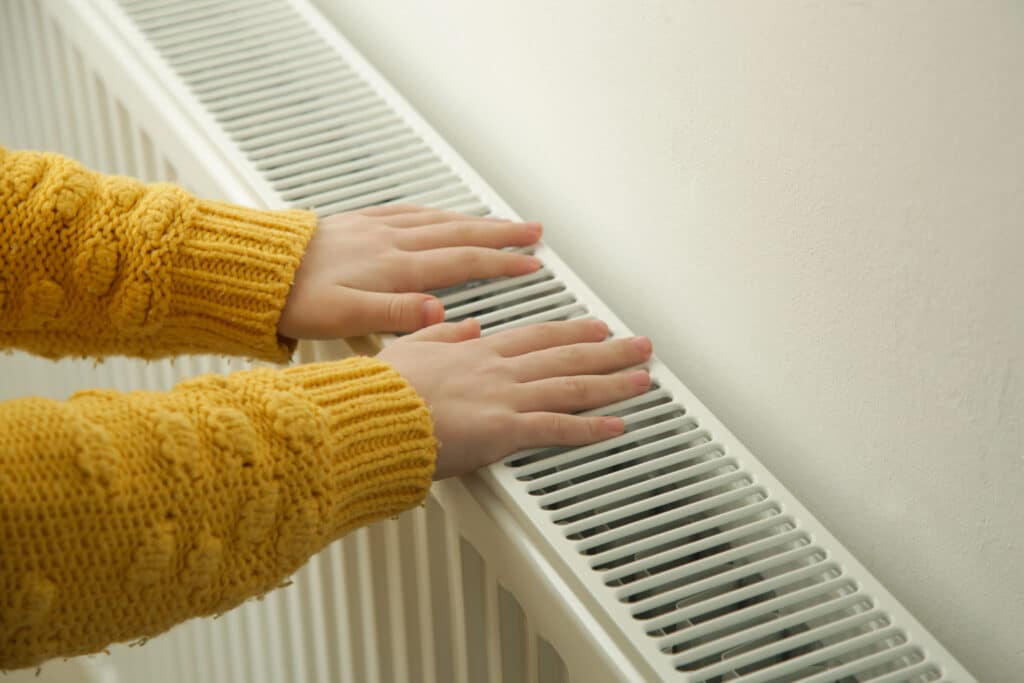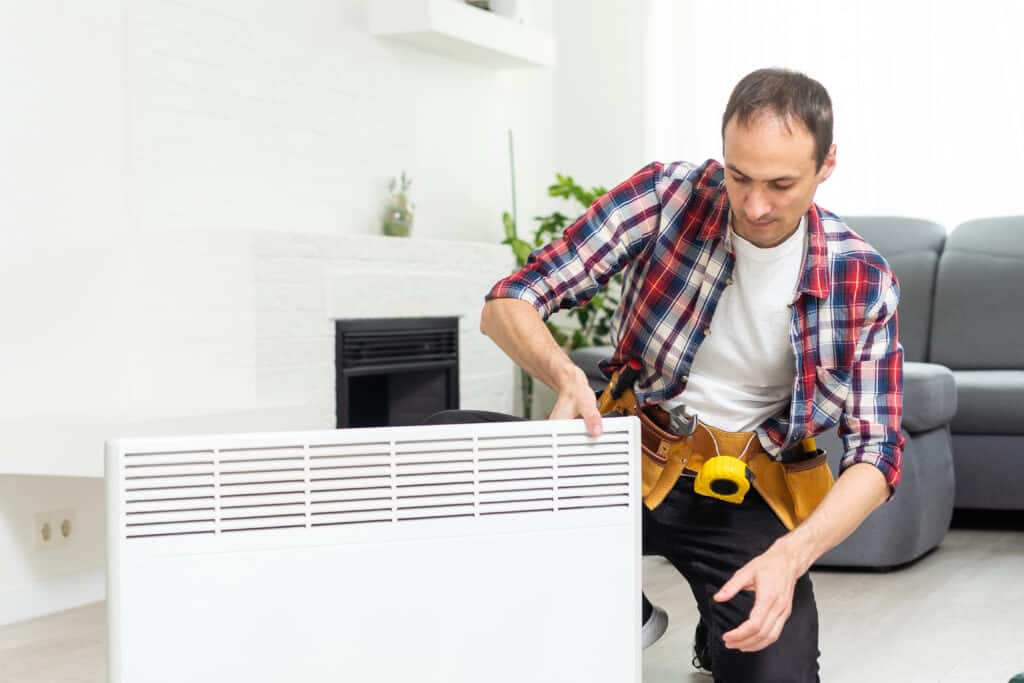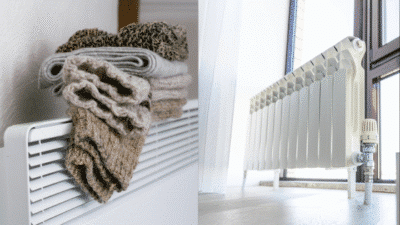The task of upgrading your heating system can feel daunting, especially with the array of options available. One popular choice is the high-efficiency furnace, which promises improved warmth and significant cost savings in the long run. As fuel prices rise and environmental concerns become more pressing, many homeowners are considering whether the benefits of these systems outweigh the initial investment. Understanding the functionality, efficiency ratings, and overall impact of modern furnaces is crucial for making an informed decision. This article delves into various facets of high-efficiency furnaces, helping you determine whether this upgrade is a worthy investment for your home.

Understanding High-Efficiency Furnaces
High-efficiency furnaces are designed to extract as much heat as possible from fuel, ensuring minimal waste. Unlike standard models, these advanced systems make use of two heat exchangers, which allows them to reuse exhaust gases for additional heating. Available in gas, oil, and electric versions, high-efficiency furnaces typically have an Annual Fuel Utilization Efficiency (AFUE) rating exceeding 90%.
This means that for every dollar spent on fuel, over 90 cents goes toward heating your home. In contrast, traditional furnaces may only convert between 65% to 85% of fuel to heat, resulting in higher energy costs and increased emissions. This superior efficiency translates into reduced fuel consumption and lower energy bills, making the upgrade particularly appealing to budget-conscious homeowners.
Initial Investment Versus Long-Term Savings
The decision to switch to a high-efficiency furnace often hinges on the initial cost compared to long-term savings. While upfront installation costs can be higher, ranging from $2,500 to $6,000, the benefits usually outweigh these expenses over time. On average, homeowners can save between 20% to 40% on their heating bills with high-efficiency models.
The payback period for the investment typically falls between three to five years, depending on fuel prices and household usage. For homeowners planning to stay in their property for a long time, the financial benefits become even more attractive. Potential tax credits and rebates can help offset initial expenditures, further enhancing the value of high-efficiency systems.

Weighing the Pros and Cons
When considering whether a high-efficiency furnace is worth the investment, homeowners must weigh the pros and cons thoroughly. The benefits of lower operating costs, environmental impact, improved comfort, and noise reduction create a compelling case for upgrading. Initial costs and potential maintenance requirements may deter some.
Each homeowner’s unique circumstances, such as geographical location, fuel prices, and personal preferences, will ultimately dictate the best decision. Recognizing the high-efficiency furnace benefits will help ensure you make a well-informed choice that aligns with both your budget and your values. Taking the time to evaluate your options carefully can lead to greater long-term satisfaction with your heating system.
Environmental Impact of High-Efficiency Furnaces
Upgrading to a high-efficiency furnace is a wise financial decision that supports environmental sustainability. These systems operate with lower emissions, which helps reduce your carbon footprint and the overall impact on climate change. High-efficiency furnaces produce fewer greenhouse gas emissions compared to their traditional counterparts, contributing to cleaner air and a healthier environment.
According to the U.S. Department of Energy, homes using high-efficiency heating systems reduce carbon dioxide emissions by up to 1,000 pounds per year. This reduction is crucial as cities and municipalities push for cleaner air initiatives and respond to growing climate concerns from residents. By choosing a high-efficiency furnace, you are making a responsible choice for yourself, your community, and the planet.
Improved Home Comfort

High-efficiency furnaces play a key role in enhancing overall home comfort. These systems provide more consistent temperatures throughout the house, ensuring that every room is adequately heated. Unlike older furnaces, which can create hot or cold spots, modern models distribute heat evenly due to their advanced fan and duct systems. Families experience improved comfort regardless of the outside temperature.
Advanced features, such as variable speed fans, allow for finer adjustments to heating levels and enhance air circulation, contributing to better indoor air quality. With the ability to maintain optimal humidity levels, high-efficiency systems create a more pleasant living environment during the winter months. Homeowners looking for greater comfort will find high-efficiency furnaces worth considering.
Noise Levels of High-Efficiency Furnaces
Noise can be a major consideration when selecting a furnace. Older furnace models often generate significant sound, making them disruptive in a household setting. Many contemporary high-efficiency furnaces operate at considerably lower noise levels. Engineers have designed these systems to run quieter, utilizing advanced insulation and sound-dampening technology.
Homeowners appreciate the lack of distracting sounds, allowing for a peaceful home atmosphere during heating cycles. A quieter system is especially significant for those who work from home or have small children. High-efficiency furnaces demonstrate their worth through energy efficiency and by providing a more serene living space.
Maintenance Considerations
Regardless of the type of heating system, regular maintenance is essential for optimal performance. High-efficiency furnaces may require specialized service due to their advanced technology. Engaging a qualified technician for routine inspections not only ensures the unit operates efficiently but can prevent costly repairs later. Homeowners should be aware that warranties for these systems may hinge on proper maintenance and service procedures.
Staying up-to-date with filter changes and duct cleanings will help extend the lifespan of the furnace and maintain efficiency levels. While some may view maintenance as another expense, it ultimately contributes to the longevity of the investment and helps keep energy bills manageable.

How to Choose the Right High-Efficiency Furnace
Selecting the right high-efficiency furnace involves several considerations. It’s important to assess the appropriate size for your home, as an improperly sized unit can lead to inefficiency and comfort issues. Homeowners may benefit from consulting with HVAC professionals who can perform load calculations and recommend units that fit specific needs. Not all high-efficiency models are the same, as features can vary immensely between brands and models.
Some may include smart technology for better control, while others present enhanced filtration systems for improved air quality. Researching individual models and reading reviews can provide insight into performance and reliability. Finding a trusted HVAC contractor can significantly alleviate the decision-making burden.
Upgrading to a high-efficiency furnace presents numerous advantages that can enhance your home’s comfort, reduce your carbon footprint, and achieve long-term savings. While the upfront investment may be substantial, the benefits often justify the expense. From improved temperature consistency to lower energy bills, high-efficiency furnaces offer modern solutions that benefit both your household and the environment. Taking the leap and upgrading your heating system can thoroughly transform your home for the better.
- 0shares
- Facebook0
- Pinterest0
- Twitter0



